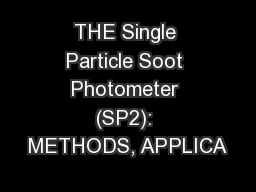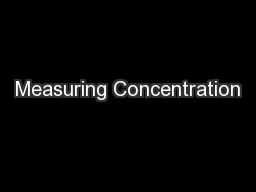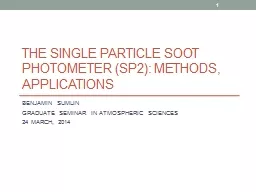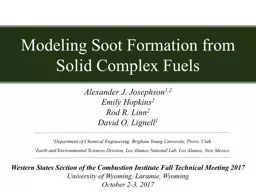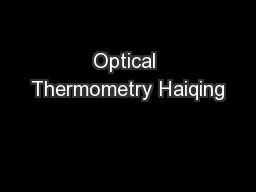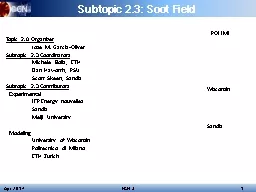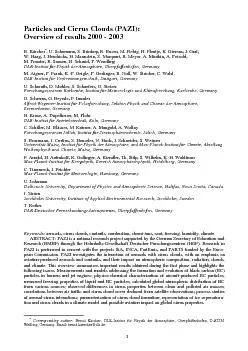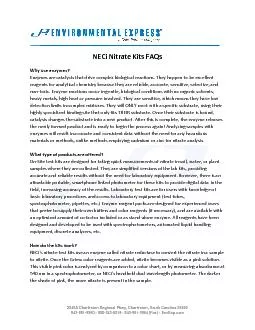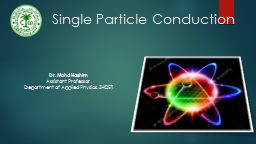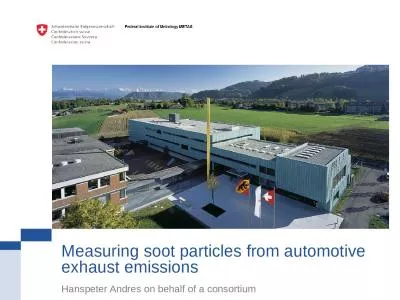PPT-THE Single Particle Soot Photometer (SP2): METHODS, APPLICA
Author : kittie-lecroy | Published Date : 2016-07-16
BENJAMIN SUMLIN GRADUATE SEMINAR IN ATMOSPHERIC SCIENCES 24 MARCH 2014 1 Single Particle Soot Photometer INTRODUCTION Black Carbon Why measure Radiative Forcings
Presentation Embed Code
Download Presentation
Download Presentation The PPT/PDF document "THE Single Particle Soot Photometer (SP2..." is the property of its rightful owner. Permission is granted to download and print the materials on this website for personal, non-commercial use only, and to display it on your personal computer provided you do not modify the materials and that you retain all copyright notices contained in the materials. By downloading content from our website, you accept the terms of this agreement.
THE Single Particle Soot Photometer (SP2): METHODS, APPLICA: Transcript
Download Rules Of Document
"THE Single Particle Soot Photometer (SP2): METHODS, APPLICA"The content belongs to its owner. You may download and print it for personal use, without modification, and keep all copyright notices. By downloading, you agree to these terms.
Related Documents

